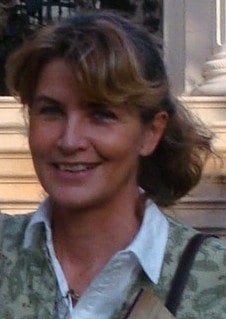
Luciana Bianchi
Research Professor
Contact Information
- [email protected]
- Bloomberg 473
- 410-516-4009
- Personal Website
Research Interests: Observational Astrophysics; hot stars; stellar populations in nearby galaxies; Ultraviolet space instrumentation; surveys
Education: PhD, University of Padua
Luciana Bianchi is a research professor in the Department of Physics and Astronomy of the Johns Hopkins University. She earned her PhD in astronomy (summa cum laude) from the University of Padua. Prior to joining the Johns Hopkins University in 1996, she held research positions at Italian institutes, the European Space Agency (Vilspa, Spain), and the Space Telescope Science Institute (Baltimore, MD).
She has authored more than 500 scientific publications, including invited papers and reviews.
She is a member of the International Astronomical Union (IAU), the American Astronomical Society (AAS), the European Astronomical Society (EAS), and the Sociedad Española de Astronomía (SEA). She has been serving in panels and committees for NASA, for the European Research Council, national space agencies and foundations, and in several international panels and forums.
Bianchi’s research on massive stars, stellar populations, and star formation in nearby galaxies is pursued with observing programs using space-borne telescopes such as GALEX (UV), HST (UV to near-IR, including large treasury programs to characterize star-forming regions in galaxies of the Local Group), UVIT (UV), and large ground-based telescopes.
Bianchi was a co-investigator in NASA's GALEX mission, leading studies of nearby galaxies. She leads the "UV sky" project, which provides the first comprehensive view of the sky at ultraviolet (UV) wavelengths and the characterization of hundreds of millions astronomical sources from the GALEX sky surveys, with matched databases at longer wavelengths, as well as time-domain studies. One of the results is an unprecedented census and characterization of the elusive hot white dwarfs in the Milky Way, which prompted revisions of current Milky Way models, and large follow-up programs with HST.
She has been involved in development and testing of astronomical instrumentation, and has led or participated in design, development, and science operations of space-borne observatories from IUE to GALEX.